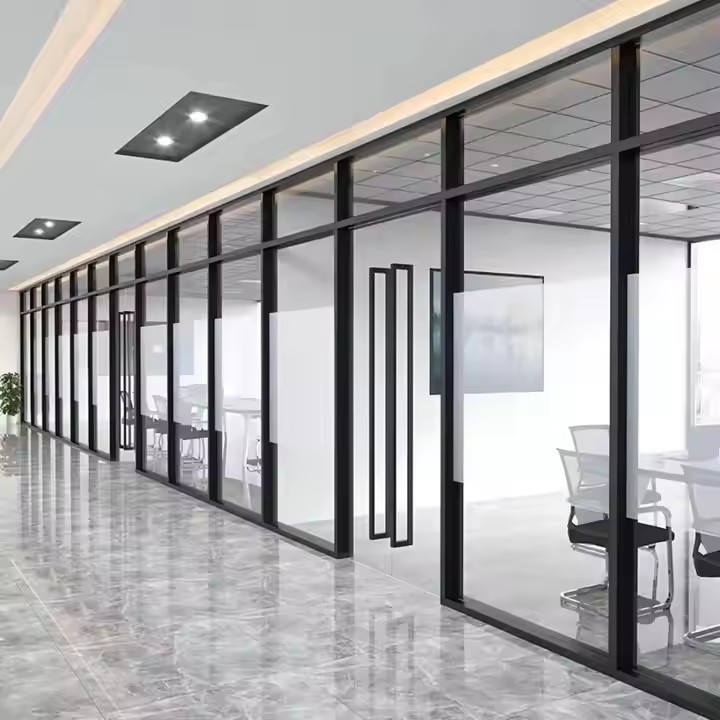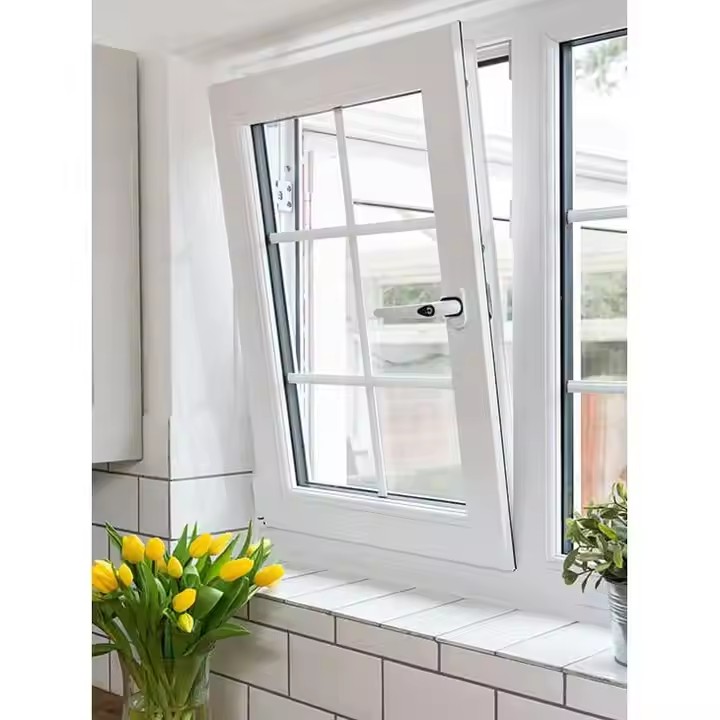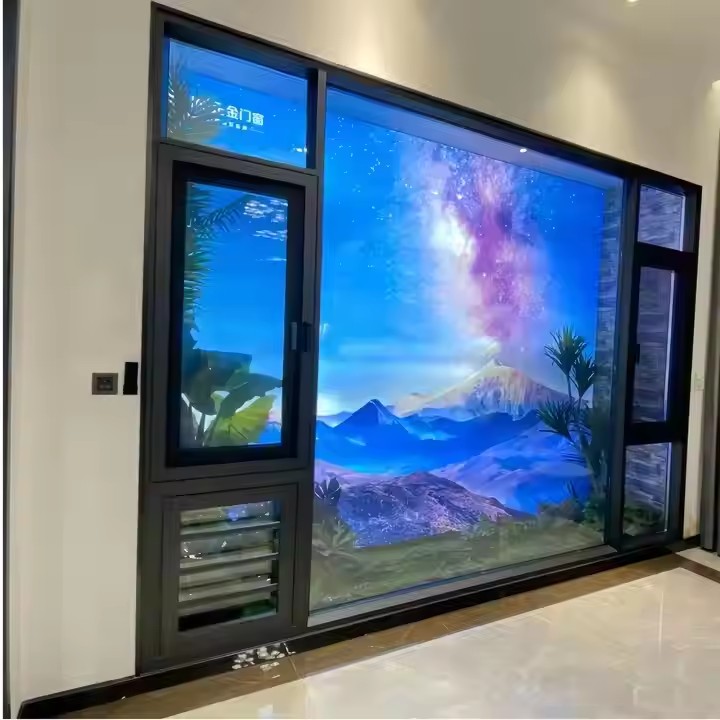- Precise Positioning: Targeting Customer Segments and Pain Points
The foundation of online marketing is knowing “who you are speaking to.” For Australian doors and windows, the core customer base should be segmented by scenario. Each segment has distinct needs and information channels, requiring tailored content and channel strategies.
Customer Segmentation and Needs Analysis
New Home Developers / Builders: Focus on compliance (must meet AS 2047 Australian window and door standards), bulk purchase costs, supply timelines, and adaptability to different housing types (standardized sizing). Online content should highlight product specifications, certifications, and engineering case studies to build trust in engineering service capabilities.
Existing Homeowners (Renovation / Remodeling): Main concerns are performance (e.g., high airtightness in rainy eastern Australia, insulation in hot western regions), style coordination (compatibility with minimalist or country home designs), and installation/after-sales service. This group compares products extensively online and values real user reviews and localized case studies.
Commercial Property / Special Use Clients: Such as hotels, office buildings, or RV manufacturers (RV demand is strong in Australia). Their focus is durability, customization (e.g., oversized sliding windows), and energy efficiency to reduce commercial building costs. Online content should showcase custom solutions and delivered commercial projects.

- Localized Needs
Australia’s climate varies widely, so online marketing should emphasize “local solutions.” For example:
Queensland (hot and sunny): Promote insulated aluminum windows with Low-E glass.
Victoria (rainy climate): Highlight waterproof sealing performance.
Remote Western Australia: Stress on-site measurement + remote after-sales service to reduce geographic concerns.
Content Marketing: Building Brand Perception Through Expertise + Trust
Doors and windows are high-involvement products, so consumers validate product value and company reliability through online content. Marketing should cover the full decision journey—awareness, comparison, decision—while emphasizing compliance and local adaptation.
Authoritative Content: Establish Professional Credibility
Compliance & Standards Education: Create articles or short videos explaining AS 2047 performance standards and NCC (National Construction Code) energy requirements. Example topics: “How to Check if Windows Meet Australia’s Energy Ratings?” or “Why Aluminium Window Wind-Load Ratings Matter for Coastal Homes.” Reinforce that compliance = safety, while showcasing certifications (e.g., SAA, WaterMark).
Technology & Performance Explainers: Use visual content to demonstrate features like insulation, soundproofing, and security. For instance: thermal imaging videos comparing regular vs Low-E glass; storm simulation tests showing impact resistance; charts comparing durability and maintenance costs of aluminium, PVC, and timber windows.
Scenario-Based Content: Trigger Emotional Resonance
Case Studies: Showcase real Australian installations, categorized by housing type (villa, apartment, townhouse) or style (modern minimalist, country). Example: “North Sydney Villa: How Aluminium Sliding Windows Improve Light and Views” or “Melbourne Apartment Renovation: PVC Windows for Better Soundproofing.” Each case should outline problem – solution – result to make value tangible.
Customer Testimonials: Gather short video reviews or written feedback highlighting real problem-solving outcomes, e.g., “After installation, the west-facing room was 3°C cooler” or “No more leaks during heavy rain.” Authentic experiences resonate more than ads.
- SEO Optimization: Capturing Search Traffic
Australians rely heavily on Google for window and door research, so SEO is key.
Core Keywords: Combine material (Aluminium Windows, PVC Windows) + function (Energy Efficient Windows, Soundproof Windows) + location (Sydney Windows, Melbourne Windows Installation). Examples: “Best Aluminium Sliding Windows in Brisbane” or “Energy Rated PVC Windows Perth.”

Content Platforms:
Company blog with “Buying Guides” and “Installation Tips.”
YouTube videos showing “Installation Process” and “Performance Tests.”
Quora answers to questions like “Aluminium vs PVC Windows in Australia?” or “How to Choose Energy-Rated Windows?”
Channel Strategy: Reaching Customers with Precision and Converting Efficiently
Social Media: Building Brand Warmth and Interaction
Facebook & Instagram: Visual-driven “inspiration” posts showing installation cases and product details (e.g., hardware, glass finishes), paired with lifestyle captions like “Weekend balcony makeover—after installing sliding doors, we can finally enjoy the sunshine!” For builders, create professional pages to share project cases and industry news, attracting bulk order inquiries.
YouTube: Long-form educational and persuasive content, e.g., “Complete Guide to Choosing Windows in Australia,” “Aluminium vs PVC: Which Fits Australia’s Climate Best?” or “5 Tips to Extend Window Lifespan.” Insert website links and contact numbers for lead conversion.

